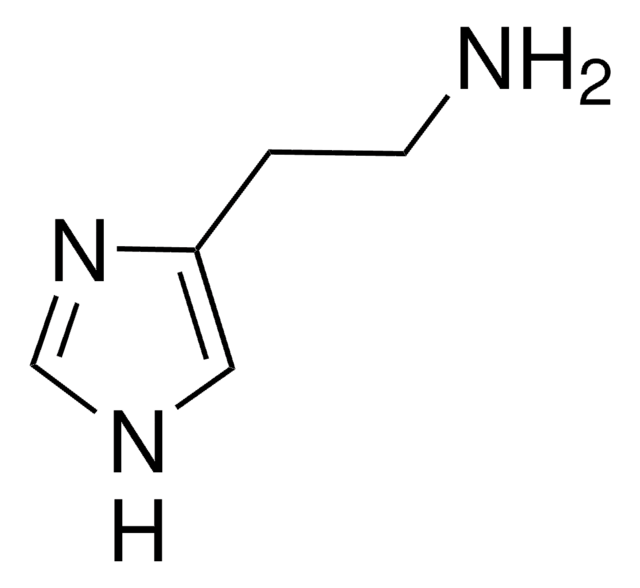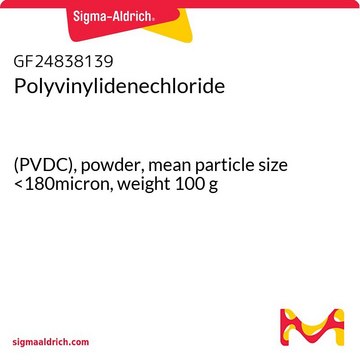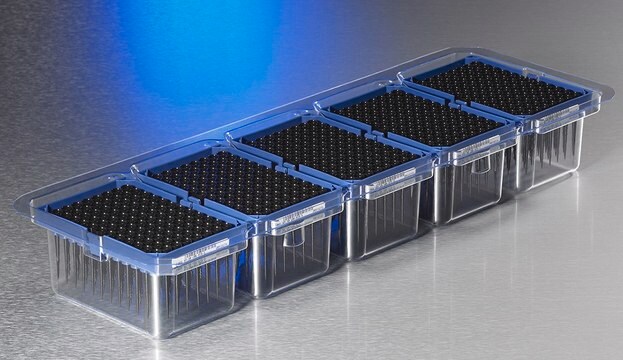BCR271
Benz[a]anthracene
BCR®, certified reference material
Sinônimo(s):
1,2-Benzanthracene, Tetraphene
About This Item
Produtos recomendados
grau
certified reference material
Agency
BCR®
fabricante/nome comercial
JRC
técnica(s)
HPLC: suitable
gas chromatography (GC): suitable
p.e.
437.6 °C (lit.)
pf
157-159 °C (lit.)
Formato
neat
temperatura de armazenamento
2-8°C
cadeia de caracteres SMILES
c1ccc2cc3c(ccc4ccccc34)cc2c1
InChI
1S/C18H12/c1-2-7-15-12-18-16(11-14(15)6-1)10-9-13-5-3-4-8-17(13)18/h1-12H
chave InChI
DXBHBZVCASKNBY-UHFFFAOYSA-N
Procurando produtos similares? Visita Guia de comparação de produtos
Nota de análise
BCR271
Informações legais
Palavra indicadora
Danger
Frases de perigo
Declarações de precaução
Classificações de perigo
Aquatic Acute 1 - Aquatic Chronic 1 - Carc. 1B
Código de classe de armazenamento
6.1C - Combustible acute toxic Cat.3 / toxic compounds or compounds which causing chronic effects
Classe de risco de água (WGK)
WGK 3
Ponto de fulgor (°F)
Not applicable
Ponto de fulgor (°C)
Not applicable
Escolha uma das versões mais recentes:
Certificados de análise (COA)
Lamentamos, não temos COA para este produto disponíveis online no momento.
Se precisar de ajuda, entre em contato Atendimento ao cliente
Já possui este produto?
Encontre a documentação dos produtos que você adquiriu recentemente na biblioteca de documentos.
Nossa equipe de cientistas tem experiência em todas as áreas de pesquisa, incluindo Life Sciences, ciência de materiais, síntese química, cromatografia, química analítica e muitas outras.
Entre em contato com a assistência técnica![Benz[a]anthracene certified reference material, TraceCERT®, Manufactured by: Sigma-Aldrich Production GmbH, Switzerland](/deepweb/assets/sigmaaldrich/product/structures/351/486/b3ddf157-a732-4ef8-83f0-c70a53404cb2/640/b3ddf157-a732-4ef8-83f0-c70a53404cb2.png)
![Benzo[b]fluoranthene certified reference material, TraceCERT®, Manufactured by: Sigma-Aldrich Production GmbH, Switzerland](/deepweb/assets/sigmaaldrich/product/structures/175/744/6fa5fca2-b6ec-47b6-ab7a-fe895843f226/640/6fa5fca2-b6ec-47b6-ab7a-fe895843f226.png)







